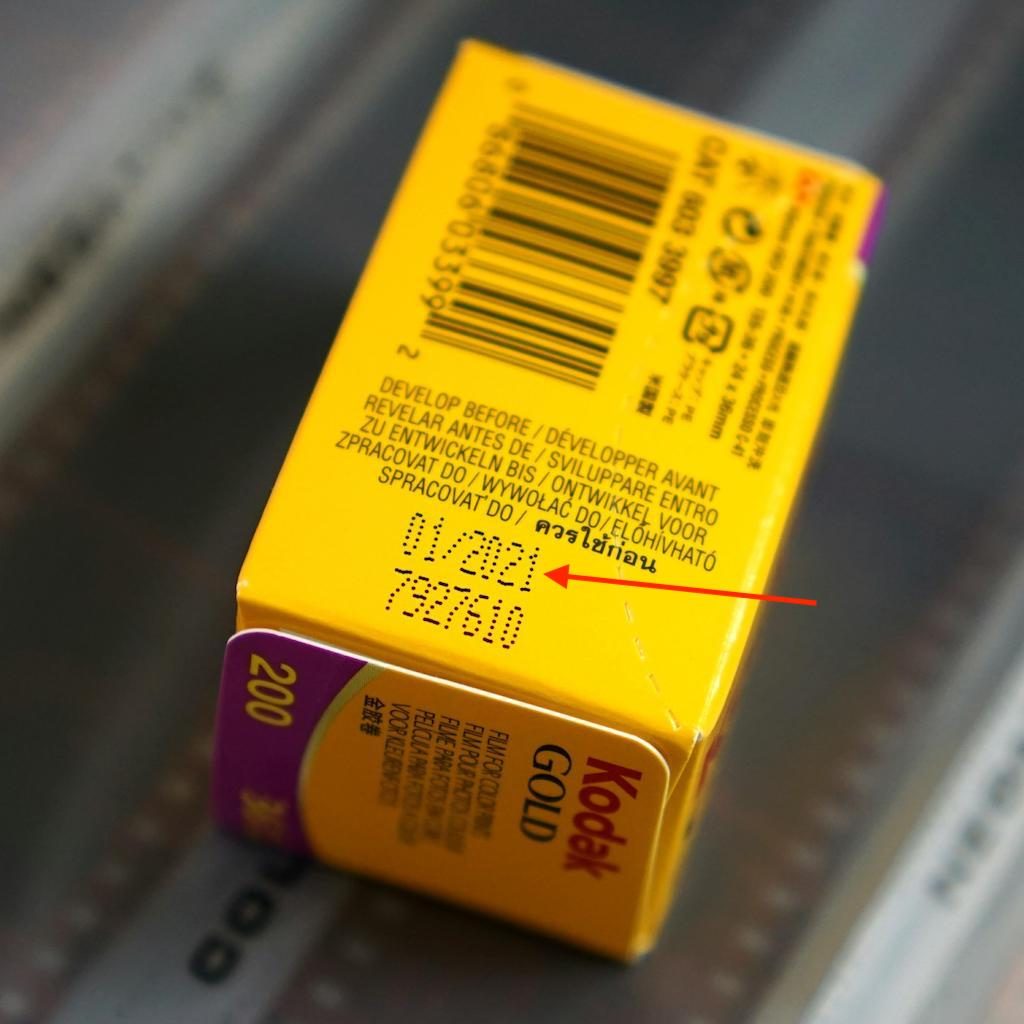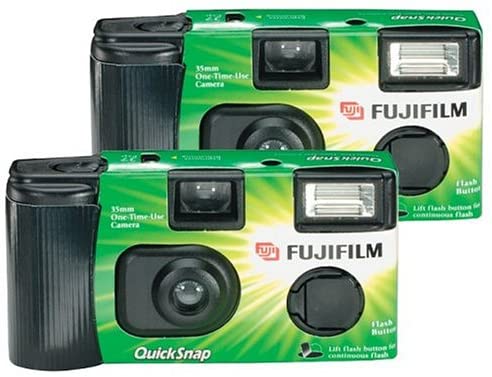
**How Much Does It Cost to Develop 35mm Film?**
In the era of digital photography, film photography has become a niche hobby for enthusiasts and professionals. While the process of capturing images on film can be rewarding, it also involves additional costs for developing and printing. If you’re interested in pursuing film photography, understanding the expenses associated with developing 35mm film is crucial.
This article explores the various factors that influence the cost of developing 35mm film, providing a comprehensive overview of the expenses involved. From processing fees to printing costs and additional services, we’ll cover everything you need to know to budget for your film photography endeavors.
**Components of Film Development Costs**
The cost of developing 35mm film primarily depends on the following components:
- Processing fees: Charge applied by the developer to handle the chemical process of converting exposed film into negatives.
- Printing costs: Fee for creating physical prints from the developed negatives.
- Additional services: Optional services such as scanning negatives into digital format or mounting and framing prints.
**Processing Fees: Variables to Consider**
Processing fees vary depending on several factors:
- Film type: Different film stocks (e.g., black and white, color negative, slide) have varying processing requirements, leading to varied fees.
- Lab services: Some labs offer basic processing, while others provide specialized services like push or pull processing (intensifying or reducing contrast).
- Volume: Processing multiple rolls of film simultaneously may result in discounts.
**Printing Costs: Types and Options**
Printing costs depend on the type of print you choose:
- Traditional prints: Physical prints ranging from wallet-sized to large format, available in various finishes (e.g., matte, glossy).
- Digital prints: High-quality prints created from scanned negatives, providing flexibility for post-processing.
- Contact sheets: Low-resolution prints that provide an overview of the entire roll of film, useful for selecting images for printing.
**Additional Services: Value-Added Options**
Optional services can enhance the film development experience:
- Scanning: Convert negatives into digital files for convenience and archival purposes.
- Mounting and framing: Preserve and display your prints professionally.
- Film cleaning: Remove dust and debris from negatives and prints.
**Average Costs and Estimation**
The average cost to develop a roll of 35mm film ranges from $10 to $30, depending on the factors discussed above. For example, developing a black and white film may cost around $12, while a color negative film can be around $18. Printing costs vary widely, starting from $2 for a small print and up to $50 or more for larger sizes.
**Saving Tips for Film Development**
Consider these tips to save money on film development:
- Bulk processing: Develop multiple rolls simultaneously to reduce per-roll costs.
- Local labs: Seek out local labs that may offer competitive pricing.
- Online services: Explore online labs that provide economical options and convenient mailing services.
- DIY processing: For those with the skills and equipment, home developing can significantly reduce expenses.
**Expert Advice: Maximizing Value**
Follow these expert recommendations for optimal results:
- Communicate with the lab: Discuss specific needs (e.g., film type, desired output) to ensure accurate pricing and meeting expectations.
- Request estimates: Ask for cost estimates before submitting your film for development to avoid surprises.
- Preserve your negatives: Negatives are valuable assets; store them carefully to enable future prints or digital conversions.
**FAQs**
Q: Is film photography more expensive than digital photography?
Initial expenses for film photography (camera, film, development) may exceed those for digital, but ongoing costs (e.g., printing) can be comparable.
Q: Can I develop 35mm film at home?
Yes, with proper equipment and chemicals, home development is possible. However, it requires time, effort, and technical expertise.
Q: How often should I have my film developed?
The frequency depends on your shooting habits; it’s recommended to develop rolls when they become full or when you want to view your images.
**Conclusion**
Understanding the costs involved in developing 35mm film is crucial for budgeting and decision-making. By considering processing fees, printing options, and additional services, you can estimate the expenses accurately. Remember that film photography offers a unique and rewarding experience. Whether you’re a seasoned enthusiast or just starting out, embracing this medium can bring endless creative possibilities.
If you enjoyed this article, consider exploring more resources on film photography to further enhance your knowledge and skills. Continue your research, connect with other photographers, and experiment with different techniques to elevate your craft.

Image: www.pinterest.com

Image: latercam.com
Does Walgreens Still Develop Rolls Of Film? – AisleofShame.com Bring in all your film, negatives and disposable cameras to have them developed and printed on high-quality traditional photo paper! Develop from 35mm film or disposable camera. Prints on 4″x6″ photo paper. Available in 7-10 days. Drop off your order at any CVS/pharmacy location. Process APS (Advanced Photo System), black and white, 110 and